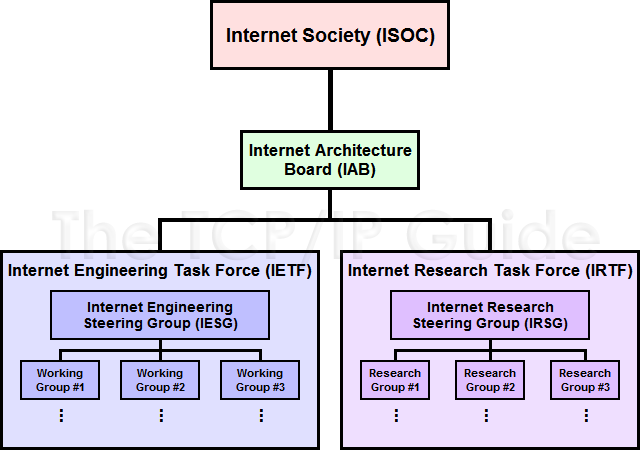 |
|
Please Whitelist This Site?
I know everyone hates ads. But please understand that I am providing premium content for free that takes hundreds of hours of time to research and write. I don't want to go to a pay-only model like some sites, but when more and more people block ads, I end up working for free. And I have a family to support, just like you. :)
If you like The TCP/IP Guide, please consider the download version. It's priced very economically and you can read all of it in a convenient format without ads.
If you want to use this site for free, I'd be grateful if you could add the site to the whitelist for Adblock. To do so, just open the Adblock menu and select "Disable on tcpipguide.com". Or go to the Tools menu and select "Adblock Plus Preferences...". Then click "Add Filter..." at the bottom, and add this string: "@@||tcpipguide.com^$document". Then just click OK.
Thanks for your understanding!
Sincerely, Charles Kozierok
Author and Publisher, The TCP/IP Guide
|
|
|

Custom Search
|
 |
The TCP/IP Guide 9 Networking Fundamentals 9 Network Standards and Standards Organizations |
|
Internet Standards Organizations (ISOC, IAB, IESG, IETF, IRSG, IRTF)
(Page 1 of 3)
High-quality, widely-accepted open standards become more important the larger the number of people that use a network. The largest network of all is of course the Internet, which connects millions of people on thousands of individual networks into a globe-spanning internetwork. The Internet has revolutionized not only networking and computing, but communication, business, and even society as a whole. One of the critical factors in the success of the Internet has been its development using open standards.
Of course, nobody sat down one day and said “hey, let’s create the Internet!” (No, not even Al Gore. J) It began as a small research network, and was developed over time concurrently with the technology set that implemented it: TCP/IP. At first, a relatively small organization was sufficient to manage the development of Internet standards and oversee its activities, but as the Internet continued to grow, this became inadequate. Eventually a more formalized structure of organizations was required, to manage the Internet development process and other activities to ensure the continued success and growth of the Internet and the TCP/IP technologies that power it.
Today, there are six organizations that are responsible for the development of the Internet’s architecture, standards and policies, and related activities. They are closely-related, with certain organizations being responsible for oversight of others, as shown in Figure 7. These organizations perform many tasks, and can be somewhat confusing to understand, since many have similar-sounding names and responsibilities. Therefore, I will concentrate mostly on their role in the development of Internet standards, since that is our primary interest in this discussion.
|
|
| |||||||||||||||||||
Home - Table Of Contents - Contact Us
The TCP/IP Guide (http://www.TCPIPGuide.com)
Version 3.0 - Version Date: September 20, 2005
© Copyright 2001-2005 Charles M. Kozierok. All Rights Reserved.
Not responsible for any loss resulting from the use of this site.






